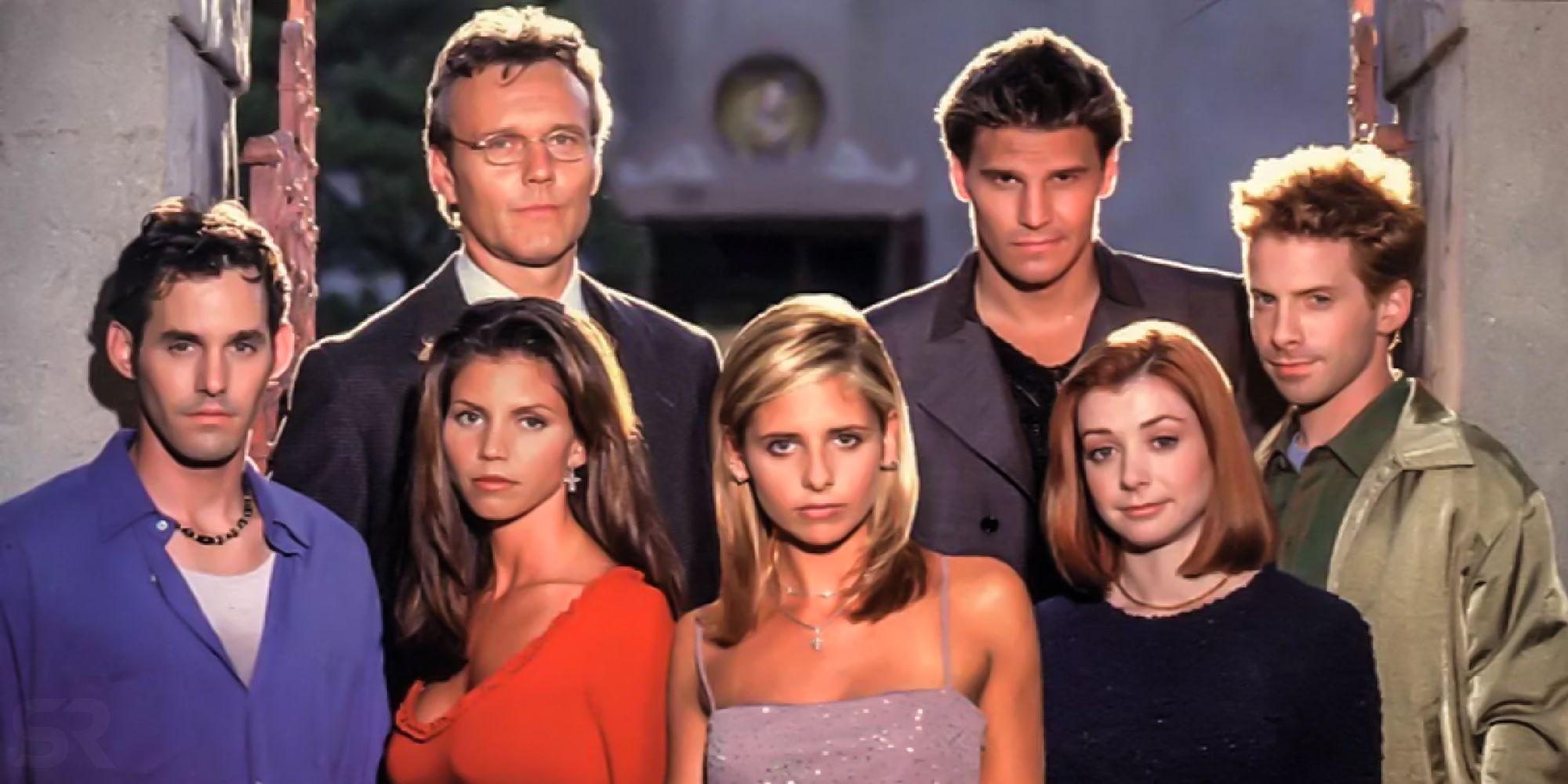Before the critically acclaimed TV series took the world by storm, Buffy the Vampire Slayer began as a quirky, offbeat film in 1992. Directed by Fran Rubel Kuzui and written by Joss Whedon, the movie presents a wildly different tone from its darker, more sophisticated television successor. While the film was met with mixed reviews upon release, it has since become a cult classic — loved by fans for its campy humor, 90s vibe, and the seeds it planted for one of television's most iconic heroines.
Buffy Summers (played by Kristy Swanson) is a popular high school cheerleader living in Los Angeles. Her world revolves around shopping, dating, and prom — until she’s informed by a mysterious man named Merrick (Donald Sutherland) that she is the “Slayer,” a chosen warrior destined to fight vampires and the forces of darkness.
Initially reluctant, Buffy is soon forced to embrace her destiny when a powerful vampire named Lothos (Rutger Hauer) and his creepy sidekick Amilyn (Paul Reubens) begin terrorizing the city. With the help of Merrick and local slacker Pike (Luke Perry), Buffy learns to fight back — high heels, sarcasm, and all.
Kristy Swanson brings charm and a sense of ironic detachment to the role of Buffy. Her transition from ditzy cheerleader to confident slayer is the emotional arc of the film, though played with a light, comedic tone. Luke Perry delivers a likable performance as Pike, serving as Buffy’s unlikely ally and romantic interest.
Donald Sutherland adds some gravitas to the story as Buffy’s Watcher, while Rutger Hauer chews the scenery with style as the vampire lord Lothos. Paul Reubens (best known as Pee-wee Herman) offers one of the film’s most memorable moments with his hilariously over-the-top death scene.
Unlike the darker, feminist-driven TV series that would follow five years later, the 1992 film plays more like a teen comedy with vampire elements. Its tone is campy and intentionally silly, leaning into high school stereotypes and over-the-top action. Fran Rubel Kuzui’s direction doesn’t aim for deep horror or mythology — instead, it focuses on style, laughs, and a lighthearted take on supernatural themes.
The result is a film that feels like a satire of horror tropes, with valley-girl dialogue, neon colors, and mall culture at the center.
At its core, Buffy the Vampire Slayer is about empowerment — a theme that would be fully developed in the TV show. Even in its comedic approach, the film subtly subverts traditional gender roles, turning the typical damsel-in-distress into the one who slays the monsters.
While the movie didn’t achieve massive success at the box office, it inspired Joss Whedon to reimagine his concept for television. The rest is history: in 1997, Sarah Michelle Gellar took up the mantle, and Buffy became a cultural phenomenon.
Buffy the Vampire Slayer (1992) is far from perfect — its tone is uneven, and its script doesn’t fully capture the depth of the idea it introduces. But as a cult classic, it holds nostalgic charm, creative ambition, and a unique place in vampire cinema. For fans of the later TV series, it’s an amusing, light-hearted origin story. For others, it’s a campy time capsule of early ’90s teen comedy with a supernatural twist.

